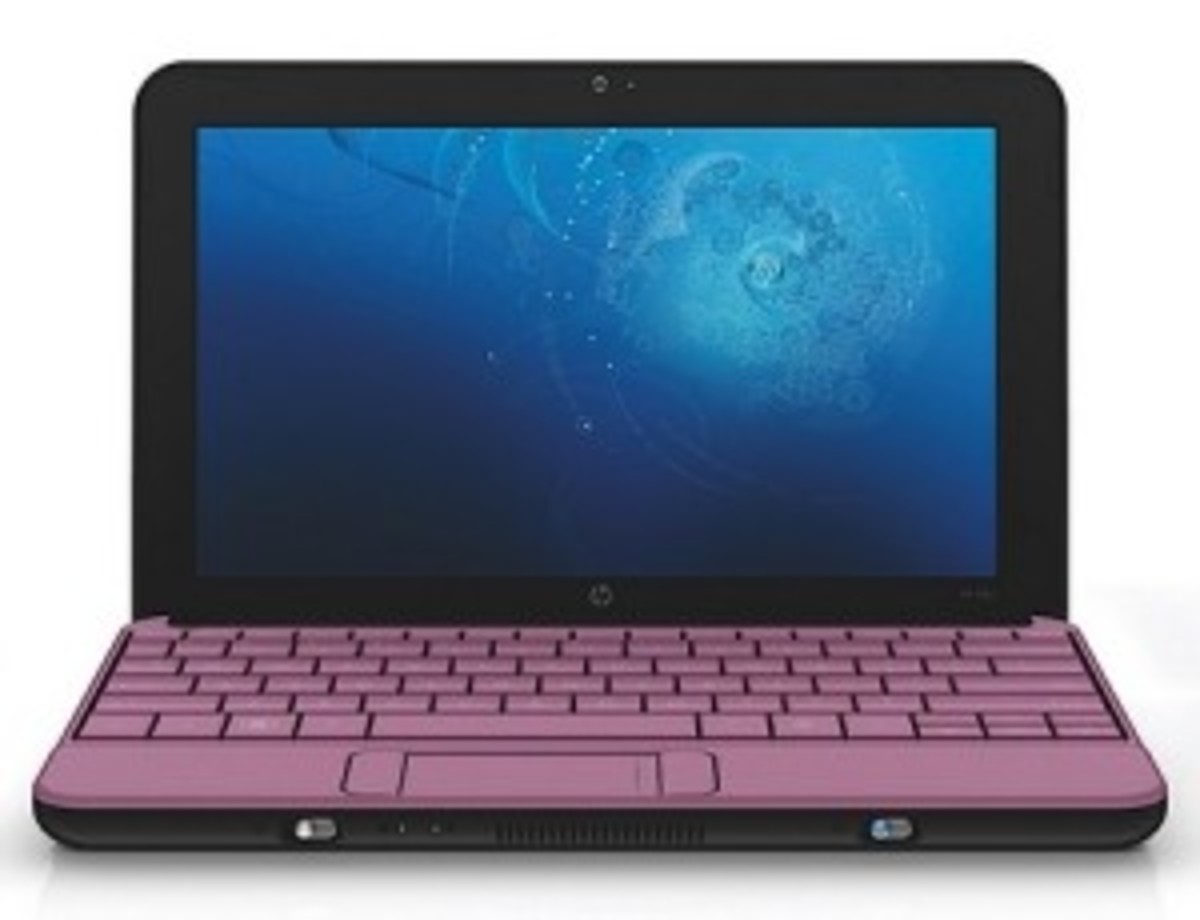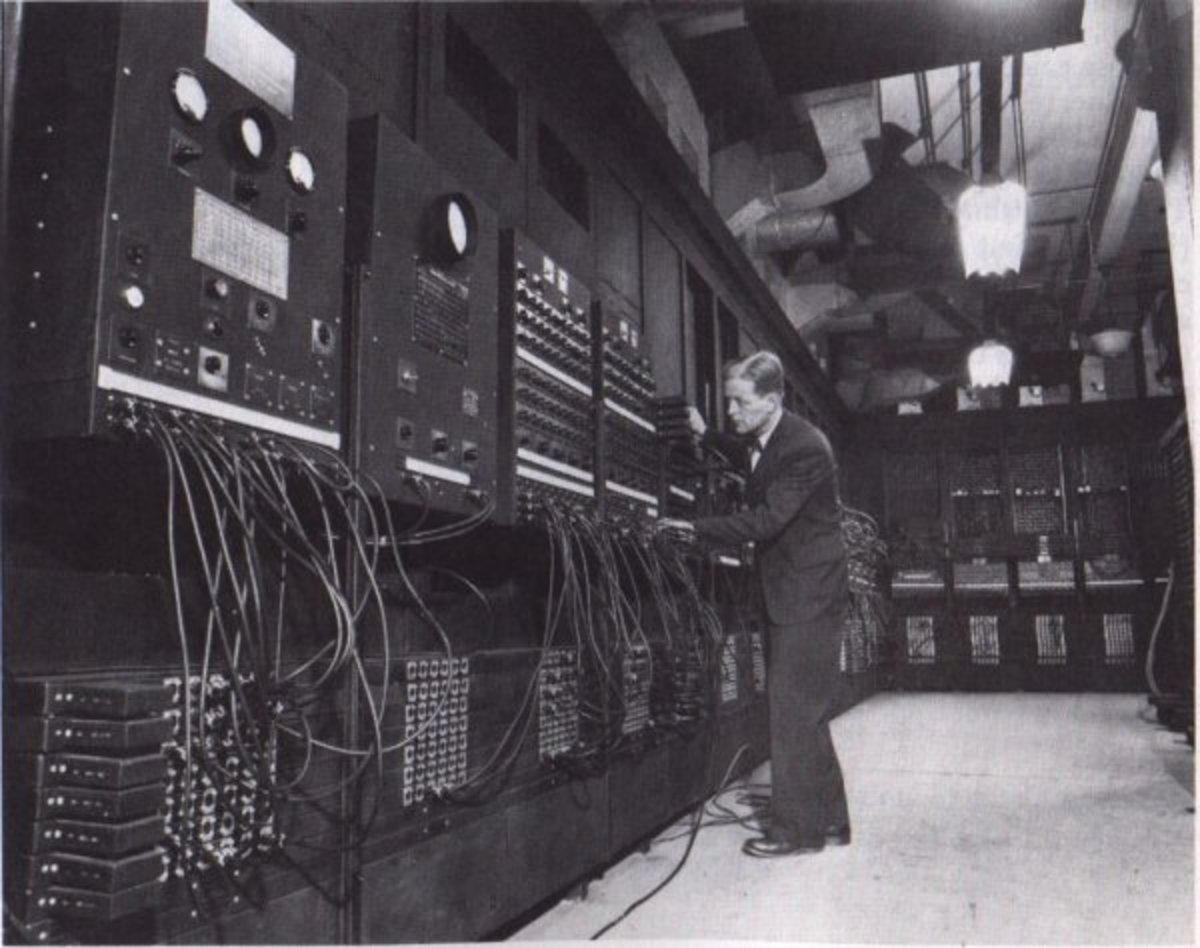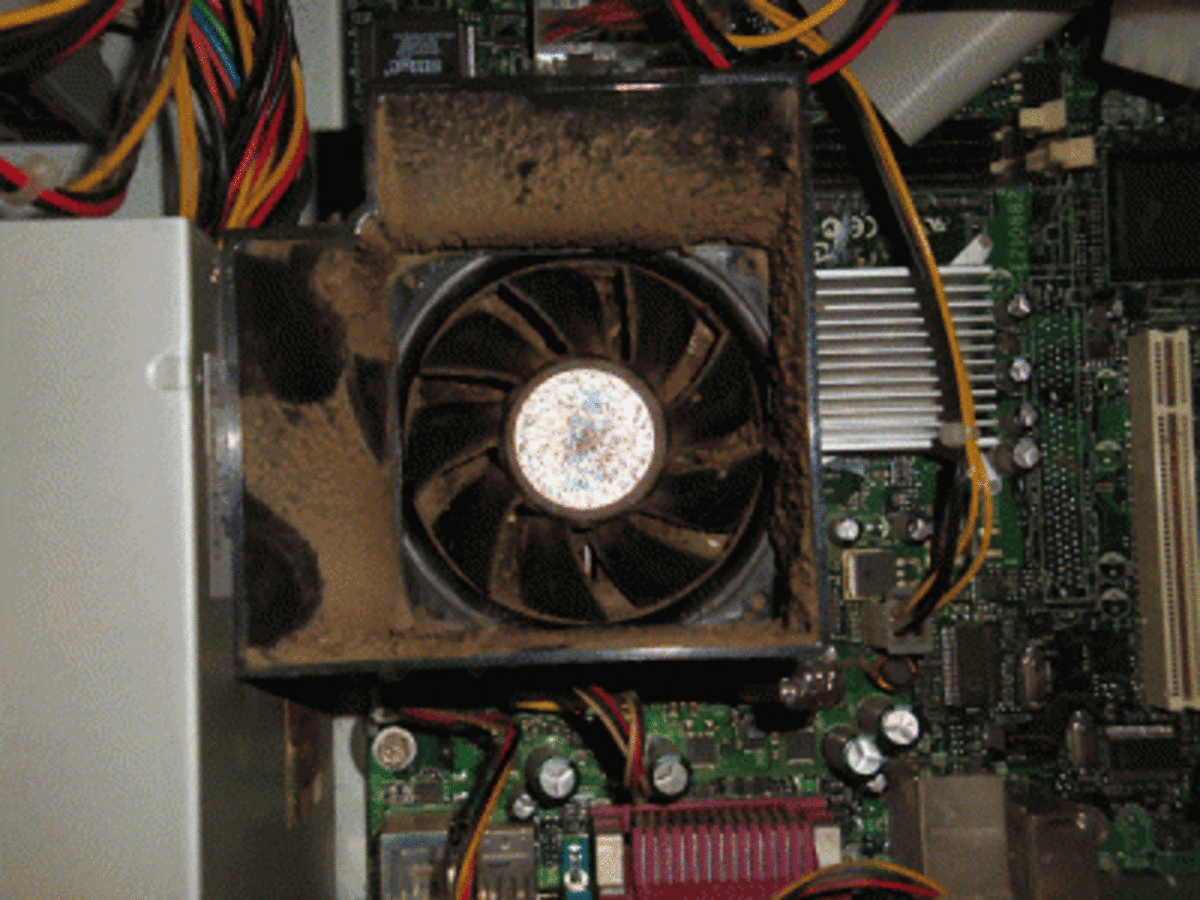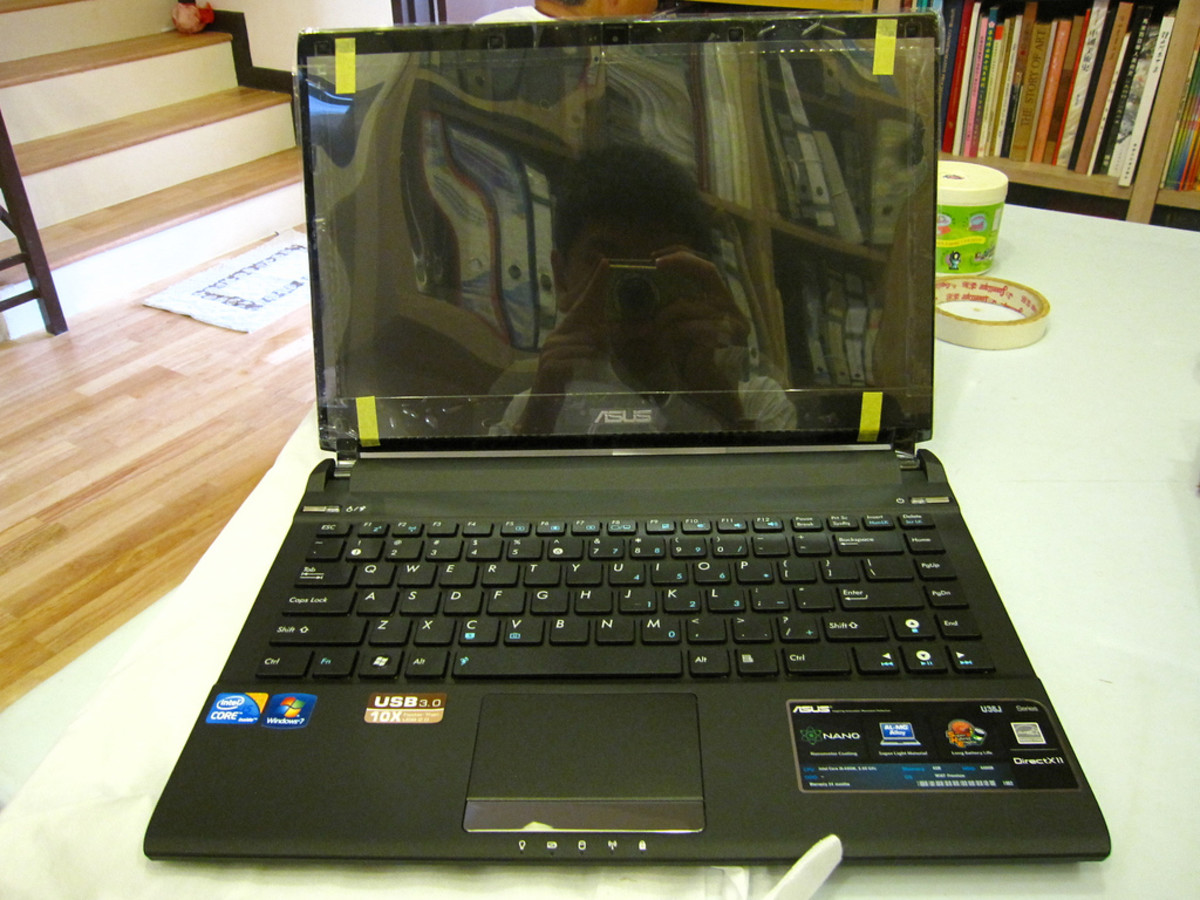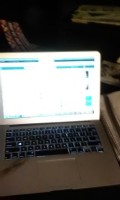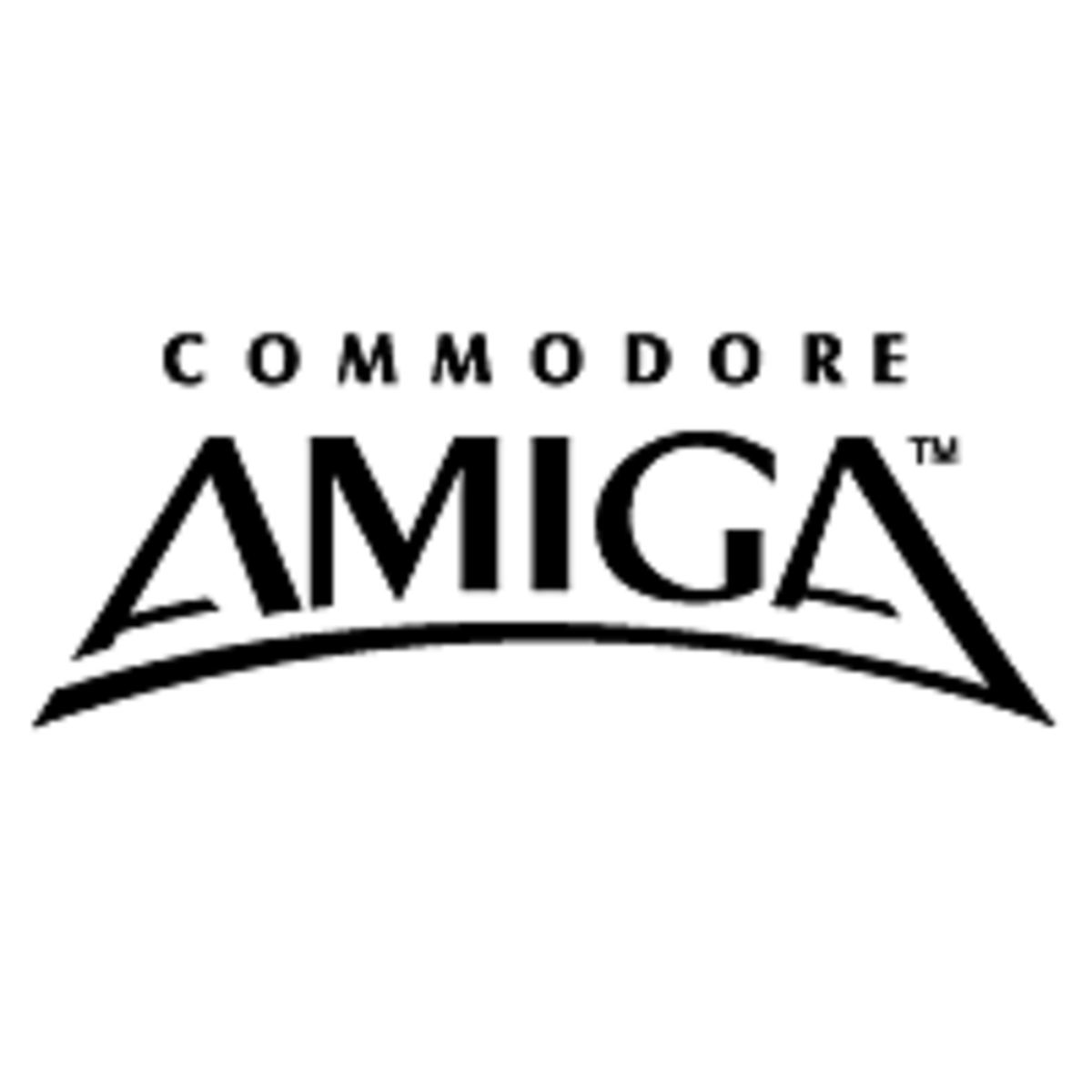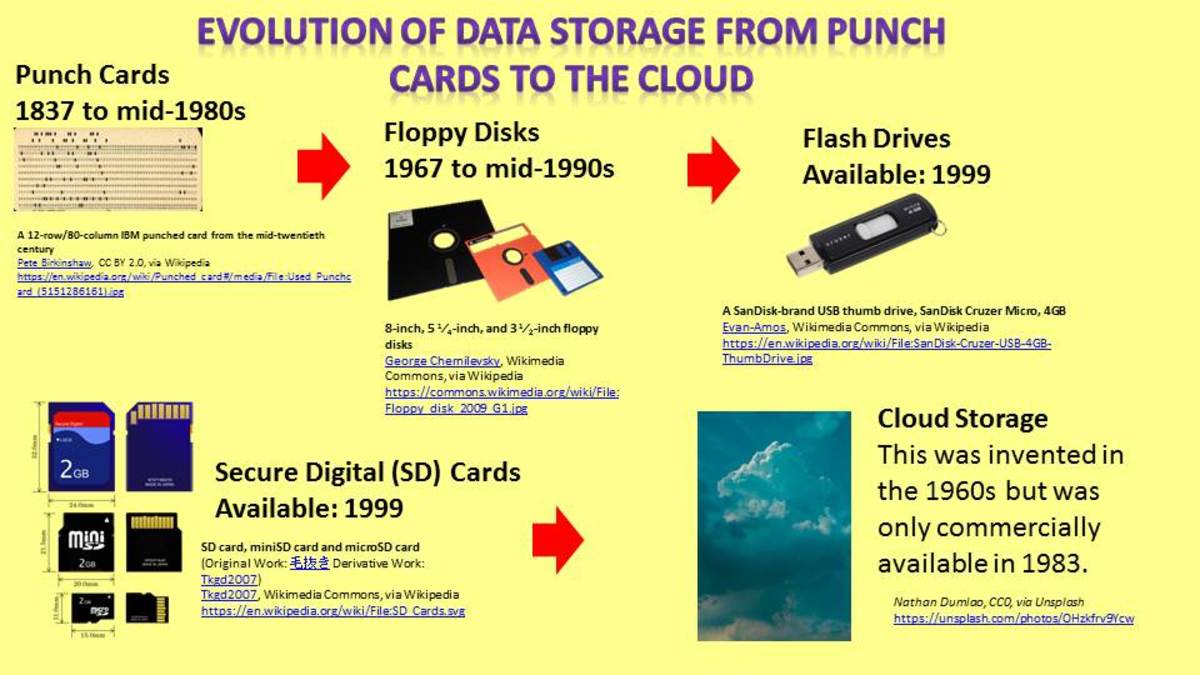The History of the Laptop Portable Computer
It was not that long ago that owning a laptop computer was for the rich. Because of their portability and size, they have been always more expensive until recently. It was only in 2005 that laptop computers finally outsold desktops, reaching a whopping 66 million sold. Two years later, in 2007, laptops sold 126 million units. This year, 2010, projected sales are 170 million units.
As the Beatles sang Revolution and Hey Jude in 1968, the first ever laptop computer was created called the Dynabook. Until today, it has remained the basis for all tablet computers. The tablet was a design on paper only, since the technology had yet been created to actually make it. The tablet was 12 inches long and .75 thick, nine inches wide and contained a keyboard and LCD screen. It would weigh only two pounds. It was never built yet the idea and concept remained alive. It should be mentioned that email, hypertext, bitmap graphics and the mouse were created in this year.
But, it was not until 1979 that the GRiD Compass notebook computer was designed and finally in production in 1982. It an a proprietary operating system, had a 320 x 200 display, used bubble memory for storage, weighed five pounds, and sold for over US$8,000. In 1983, the TRS 80- model 100 was available for $500. It was by far the most portable. The Model 100 had a full sized keyboard with a 40 character display, a built-in word processing program, Microsoft BASIC, and a 300 baud modem. It turned on instantly, ran for 20 hours on AA alkalines, and the telecommunication software made it relatively easy to send word processing files to other computers. Over six million were sold.
1983 also saw the first computer advertised as a laptop in the Gavilan SC. It sold for $400 and contained MS DOS, floppy, 5 MHz processor, 48 kb of rom and weighed nine pounds. Its batteries could run the computer for many hours. It used a LCD screen, 400x40 and came with several user programs. The company went bankrupt in 1985 because of poor sales.
By 1988, laptops were looking more like they do now. The NEC Ultralite weighed only 4.5 lbs, diskless and was the first notebook with DOS in ROM and a 2 MB RAM drive. It was also the first to use lithium batteries.
By 1990, laptop sales reaches 2.4 million and Windows 3.0 was introduced to revolutionize GUI. By 1992, Windows 3.1 arrived, as did the first IBM Thinkpad with the first TFT color display. In 1999, Wi-Fi was just created. It was not until 2002 that the first laptop of less than 3 lbs arrived and less than .75 in thick in the Toshiba Portege 2000. By 2003, WiFi sales surpass 20 million.

